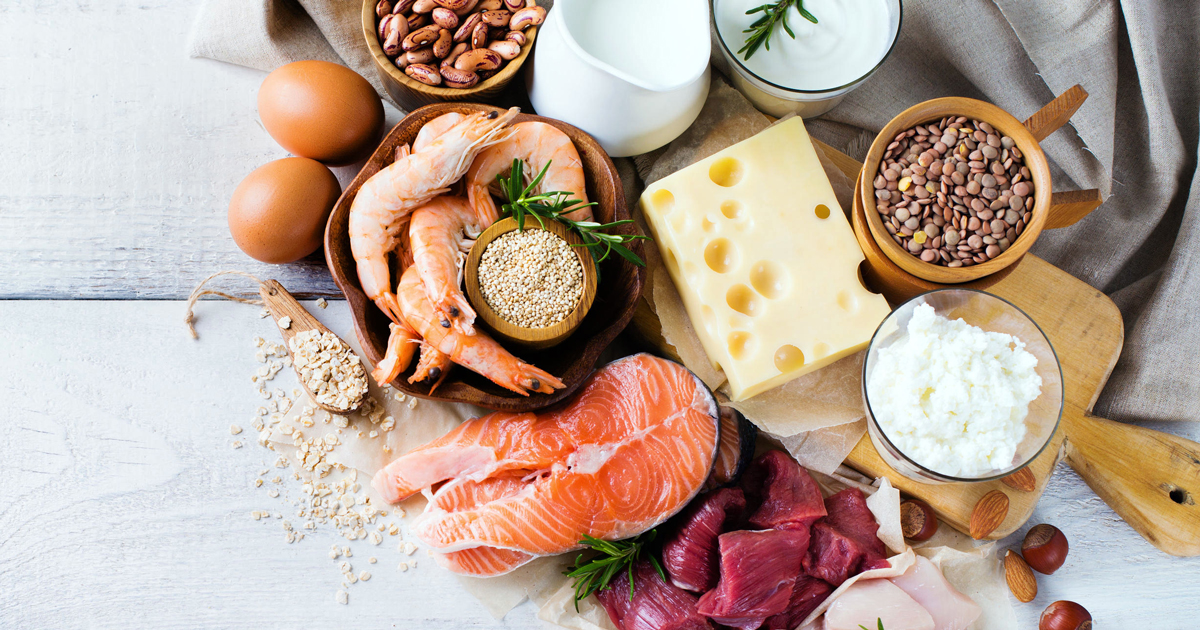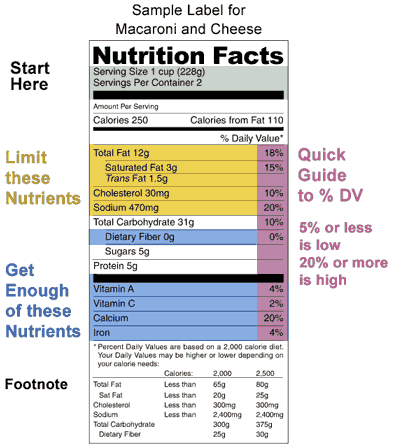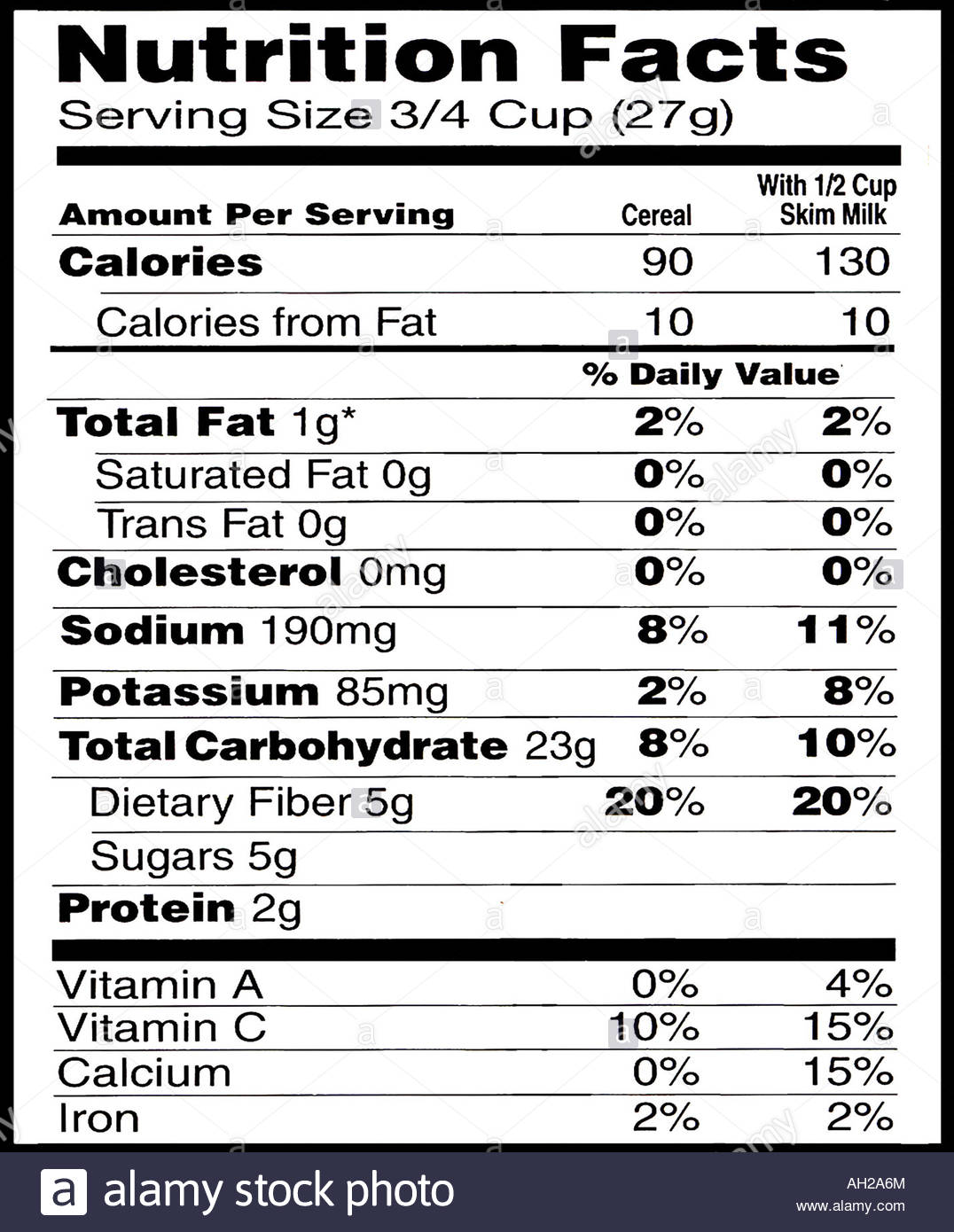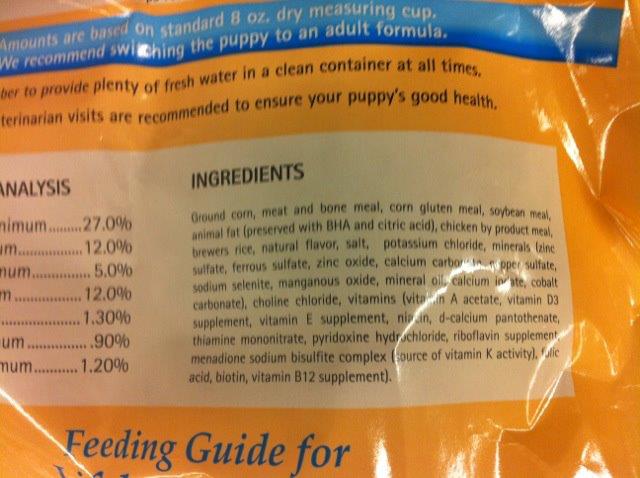38 labels on food explained
How to read food labels: MedlinePlus Medical Encyclopedia Food labels tell you the nutrition facts about the foods you buy. Use the food labels to help you choose healthier foods. What to Look for Always check the serving size first. All the information on the label is based on the serving size. Many packages contain more than 1 serving. What Do Food Labels Mean? - FoodPrint The grocery aisles are chock full of food labels and claims, calling out everything from "natural" to "organic." It can be hard to figure out which labels matter and which are meaningless marketing claims. Some food labels are certifications. This means they meet certain standards and have been verified by a third-party certifier.
Food Labelling Explained - Freddy Hirsch You have to declare the presence of allergens such as wheat, soy and nuts on the label in a prescribed format and special label declarations and procedures apply to products which may possibly become contaminated with allergens through being manufactured, stored or distributed in the same facilities where allergenic materials are also present.
Labels on food explained
What's on a Food Label Presentation | UNL Food Food labels help consumers make purchasing decisions at the grocery store and provide information about what is inside the container. A food label initially helps sell the product to the consumer and gives the consumer information about the product identity, quality, nutrition, and relevant health and safety information. Food Labels Explained - Farm Aid Organic labels can be found on produce, dairy, meat, processed foods, condiments and beverages. Food products labeled "organic" must contain at least 95% organic ingredients with no synthetic growth hormones, antibiotics, pesticides, biotechnology, synthetic ingredients or irradiation used in production or processing. Figuring Out Food Labels (for Kids) - Nemours KidsHealth The Nutrition Facts label gives you information about which nutrients (say: NEW-tree-ents) are in the food. Food contains fat, protein, carbohydrates, and fiber. Food also contains vitamins, such as vitamin D, and minerals, such as calcium and iron. Your body needs the right combination of nutrients to work properly and grow.
Labels on food explained. Food labels - Better Health Channel Food labels carry useful information to help you make informed choices about what you and your family eat and drink. Most packaged foods are required to have a label with this information, but the information required depends on the food type. The food label will tell you all sorts of information, including: what the food is manufacturer's details How To Read Food and Beverage Labels - National Institute on Aging There are three types of product dates commonly printed on packaged foods and beverages: "Sell by" tells how long the manufacturer suggests that a store should sell items such as meat, poultry, eggs, or milk products. Make sure you buy by this date. "Use by" tells how long items will be at peak quality. NCDA&CS - Kid's World - Understanding Food Labels Fat, saturated fat, cholesterol, total carbohydrate, fiber, sugars, protein, vitamins A and C, calcium and iron are required on the label. Other nutrients may be listed if the company would like to list them. Nutrients are substances found in food that are needed for good health. Your body can't make nutrients, so they must be supplied by food. Understanding Dates on Food Labels - Eatright.org These are found primarily on perishable foods such as meat and dairy products. "Closed Dating" is a series of production numbers used by the manufacturer to indicate when a product was made. They primarily appear on shelf stable products such as cans and boxes of food. Except for infant formulas, product dates are not expiration dates.
Food Label Terms and What They Really Mean - dummies Some containers look as though they should contain one serving, because that's probably how most people consume them. However, consider that A 16-ounce container of iced tea is 2 servings. A 6 1/2- to 7-ounce can of tuna is 2 1/2 servings. A 4-, 6-, or 8-ounce container of yogurt is considered 1 serving. A 20-ounce bottle of soda is 2 servings. Understanding Food Labels - Nutrition: Science and Everyday Application The FDA uses the following definitions for interpreting the %DV on food labels:4 5%DV or less means the food is low in a nutrient. 10% to 19%DV means the food is a "good source" of a nutrient. 20%DV or greater means the food is high in a nutrient. Food labels - NHS Most pre-packed foods have a nutrition label on the back or side of the packaging. These labels include information on energy in kilojoules (kJ) and kilocalories (kcal), usually referred to as calories. They also include information on fat, saturates (saturated fat), carbohydrate, sugars, protein and salt. Understanding Food Labels | The Nutrition Source | Harvard T.H. Chan ... The information on food labels is intended to help consumers become savvy about their food choices. The front, back, and sides of a package are filled with information to inform us what the food contains and to provide guidance in making healthier selections of processed foods.
Understanding Food Nutrition Labels | American Heart Association Remember that the information shown in the label is based on a diet of 2,000 calories a day. You may need less or more than 2,000 calories depending upon your age, gender, activity level, and whether you're trying to lose, gain or maintain your weight. When the Nutrition Facts label says a food contains "0 g" of trans fat, but includes ... How to Read Nutrition Information → Food Labels EXPLAINED We want foods that are high in nutrients and we want to avoid empty calories. You'll learn about calorie density and other nutrition label reading basics in this nutrition label video. Ingredient... 10 Rules For Reading a Food Label - YouTube The basics for understanding a nutrition label are important for every person to know. This video presents clear rules to properly read a food label. This vi... Food Labeling: MedlinePlus The information on a food label can help you see how a certain food or drink fits into your overall diet. The label lists, per serving,: The number of calories Fats, including total fat, saturated fat, and trans fat Cholesterol Sodium Carbohydrates, including fiber, total sugar, and added sugar Protein Vitamins and Minerals
Nutrition Facts Food Labels Explained - Generations Magazine The Daily Value for calcium is 1,300 milligrams (mg) per day.*. Vitamin D helps your body absorb calcium and is important for bone health. It also plays a role in blood pressure management, hormone production, and immune and nervous system function. Diets higher in vitamin D can reduce the risk of developing osteoporosis (weak and brittle bones).
How to understand food labels - Eat For Health The Nutrition Information Panel on a food label offers the simplest and easiest way to choose foods with less saturated fat, salt (sodium), added sugars and kilojoules, and more fibre. It can also be used to decide how large one serve of a food group choice or discretionary food would be and whether it's worth the kilojoules.
How to Understand and Use the Nutrition Facts Label | FDA In the following Nutrition Facts label we have colored certain sections to help you focus on those areas that will be explained in detail. Note that these colored sections are not on the actual...
Use-By, Sell-By, Best-By: Food Dating Labels Explained Labels Explained. "Best if Used By" or "Best if Used Before": The date the product will have its best flavor or quality. "Use-By": The last date the product will likely be at its ...
How To Read Food Nutrition Labels: Learn The Nutritional Content And Calories Of What You're ...
Food label: a quick, simple guide to reading food labels To get a better understanding of what the label says and what it means is listed below. Low in fat, saturated fat and sodium. Must provide 10% of RDA for Vitamin A, C, calcium , iron, protein, or fiber. Meat, protein, seafood or game meat that has per 3 ounces, less than 5 grams of total fat, less than 2 grams of saturated fat, and less than 95 ...
Food labels explained | BHF Food labels explained Learn how to understand front-of-pack food labels, and how they can help you make heart-healthy choices more easily. When the Government recommended a front-of-pack food labelling system to all food retailers and manufacturers, we were thrilled that our campaigning efforts had paid off.
Food Labels Explained: What Do All Those Terms Really Mean? This label has the most specific criteria and legal weight. 100% organic means that the entire product contains only organically produced ingredients. "Organic" means the product has to be made with 95% organically produced ingredients. "Made With Organic Ingredients" means 70%.
Food labelling | Food Standards Scotland Food labels are an excellent way of helping us make healthier choices, and many food and drink manufacturers and retailers use colour coded front of pack nutrition labels. These labels provide easy to understand information about calories and the levels of fat, saturated fat, sugars and salt in a product. Many of the foods with front of pack ...
How To Decode & Understand Food Labels (in 5 Seconds) Food Labels & Nutrition Facts Explained. Three important metrics to compare packaged foods against. In a literal sense, a food label is meant to list all relevant and necessary background information describing food. The Nutrition Facts is a breakdown of the main nutrients inside. The FDA conveniently requires manufacturers to list the macro ...
Food Labels And Nutrition Terms Explained - Beezzly Saturates. Understanding Food Labels. This sign means saturated fats. These are quite harmful since, when being intaken too much, they can cause heart problems and raise cholesterol. So try to purchase food without this marking or at least buy it more seldom.
Figuring Out Food Labels (for Kids) - Nemours KidsHealth The Nutrition Facts label gives you information about which nutrients (say: NEW-tree-ents) are in the food. Food contains fat, protein, carbohydrates, and fiber. Food also contains vitamins, such as vitamin D, and minerals, such as calcium and iron. Your body needs the right combination of nutrients to work properly and grow.
Food Labels Explained - Farm Aid Organic labels can be found on produce, dairy, meat, processed foods, condiments and beverages. Food products labeled "organic" must contain at least 95% organic ingredients with no synthetic growth hormones, antibiotics, pesticides, biotechnology, synthetic ingredients or irradiation used in production or processing.
What's on a Food Label Presentation | UNL Food Food labels help consumers make purchasing decisions at the grocery store and provide information about what is inside the container. A food label initially helps sell the product to the consumer and gives the consumer information about the product identity, quality, nutrition, and relevant health and safety information.



/arc-anglerfish-tgam-prod-tgam.s3.amazonaws.com/public/UPYYQJMQERBQJHNK5OZYDTC7MI)






Post a Comment for "38 labels on food explained"